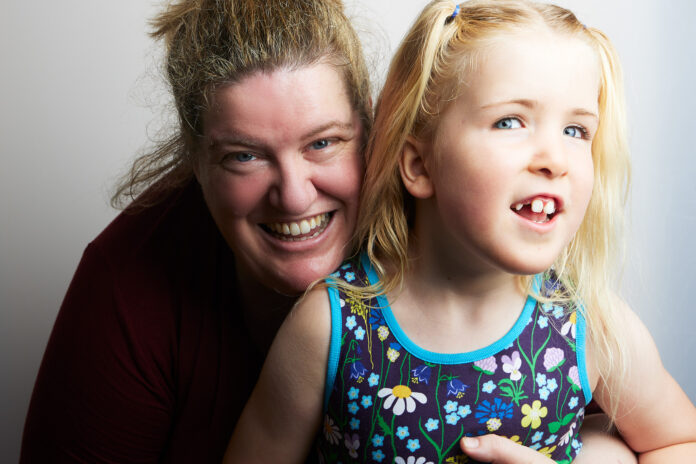
FROM requiring surgery to prevent literal decapitation to a chromosome abnormality that affects just 50 people in the entire world, rare diseases can mean a lonely station with little contact with other sufferers and very little helpful information.
Which is why Rare Disease Day, on February 29, may be the rarest day but most important date in the calendar for those who suffer from them.
Rare Ireland Family Support Network (RIFSN), a community support charity, works with almost 2,000 children and young adults living with a rare condition in Ireland.
These children and young adults have very serious, often life-threatening conditions. RIFSN is the only charity in Ireland set up to specifically help parents of children/adults living with a rare disease.
One of those children is six-year-old Isla Morgan from Corbally who has a chromosome abnormality leaving her with an intellectual disability which makes communication extremely difficult.
“I explain it as being like someone who was dropped down in a foreign country where they didn’t speak the language – they might understand some of what is being said from the intonation, but they wouldn’t understand the words or what it is the other person is trying to tell them,” Isla’s mother Mary Campbell told the Limerick Post.
“In general, she does very well at St Clare’s Special School in Ennis, but there are some things she just doesn’t get.
“There are only 50 people in the world with Isla’s condition and just 10 with her particular form of it.”
RIFSN is important, Mary says, because, “as parents, if your child has an issue or is going to a new school, you can ask questions of other parents”.
“With rare diseases, there usually isn’t anyone locally to ask, but there in the group there will be people with similar difficulties who can offer advice and help.”
22-year-old Ciara Micks had to go to Spain for radical surgery to immobilise her neck because her condition meant that she could have been decapitated internally .
Ciara was 16 at the time and local fundraising efforts realised €120,000 to pay for her treatment.
Ciara saw her world demolished at 13 years of age when she developed Ehlers Danlos Syndrome, a disease that affects joints, connective tissue, and vital organs.
Within six weeks of her diagnosis, Ciara went from being an active teenager, swimming and dancing, to being unable to walk. She became almost bedridden, needing an oxygen tank, and, because of the instability of her neck and skull, living in fear of the condition causing internal decapitation.
“Now I just want to be able to do normal things, see my friends, go out. My teenage years have been taken away from me,” Ciara told the Limerick Post.
Ciara cannot move her head and neck since her lifesaving surgery, but this was necessary to take her out of danger, doctors have said.
Rare Diseases Ireland is organising Rare Disease Day to raise awareness of the charity and let people know how they can help. More information on the organisation is available on rareireland.ie.


